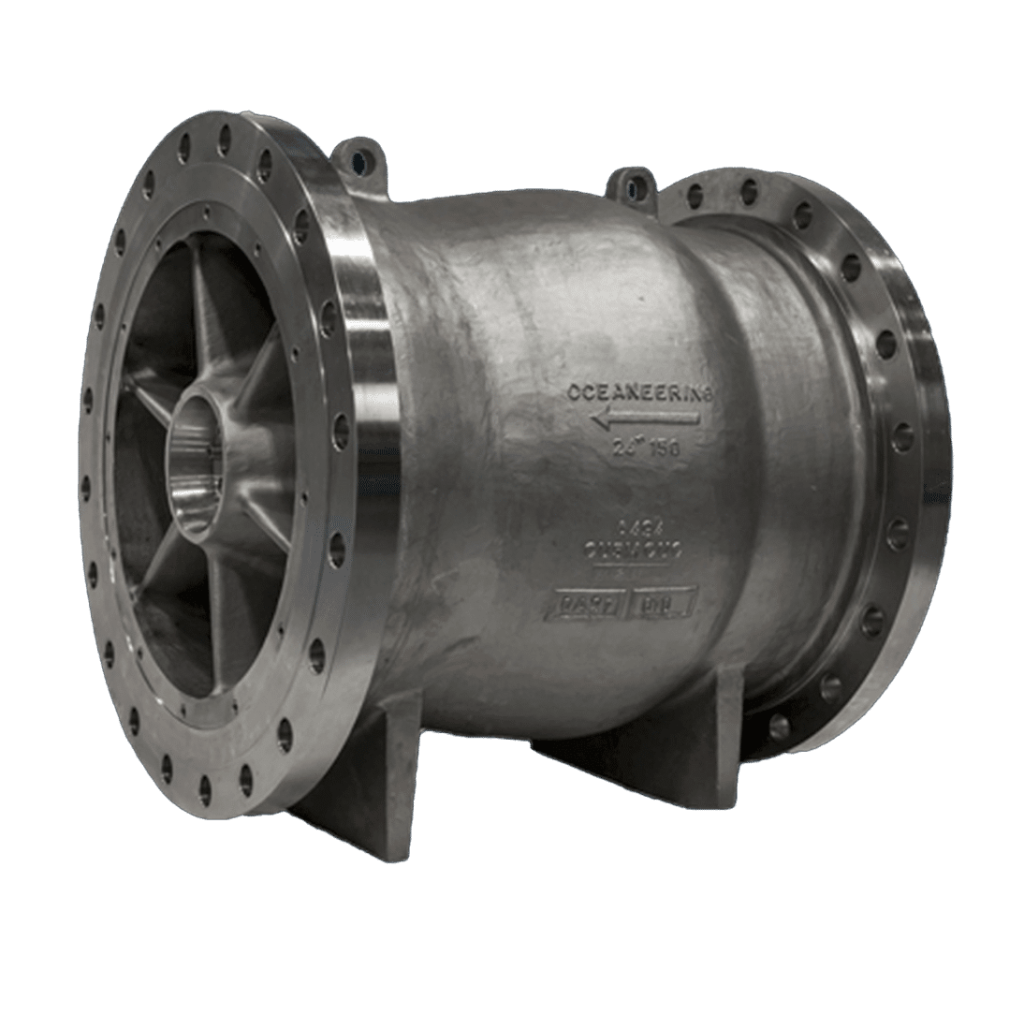In the modern digital landscape, businesses are constantly seeking innovative ways to engage their audiences and create memorable experiences. One of the most effective methods for achieving this is through interactive digital display screens. These screens have become an essential tool in marketing campaigns, offering a dynamic way to capture attention and deliver content that resonates with viewers. By integrating interactive elements, businesses can transform passive viewers into active participants, allowing them to engage with the content in real time. Interactive digital displays are versatile and can be used in a wide variety of environments, from retail stores and event spaces to corporate offices and public installations. These screens allow businesses to create a customized experience that aligns with their goals and targets the right audience. Whether it is showcasing product features, running promotional offers, or providing entertainment, interactive screens offer endless possibilities for creativity.
The combination of high-quality visuals, touch-based interaction, and real-time content updates helps businesses build deeper connections with their customers. The key to success in any marketing campaign lies in the ability to grab attention and retain interest. Interactive advertising screens offer a unique advantage by allowing users to engage with the content at their own pace. Whether it is selecting a product from a catalog, watching a video, or interacting with a quiz, these screens empower users to control their experience. This level of engagement increases the likelihood of consumers spending more time interacting with the content, ultimately enhancing brand recall and driving customer loyalty. Moreover, interactive displays provide valuable insights into customer behavior and preferences. With built-in analytics and tracking features, businesses can gain real-time data on how users interact with the content, which sections of the display attract the most attention, and where engagement tends to drop off.
This data is invaluable for optimizing future campaigns, ensuring that businesses can refine their messaging and content delivery to better meet the needs of their audience. The ability to adapt in real-time gives businesses a competitive edge, enabling them to stay agile in an ever-evolving market. One of the most compelling aspects of interactive digital displays is their ability to create a sense of immersion. By combining visually striking graphics with interactive features, businesses can create experiences that are not only informative but also entertaining. This immersive experience helps to build stronger emotional connections with consumers, making them more likely to remember the brand or product long after the campaign has ended. When consumers have a positive experience with an interactive display, they are more likely to share it with others, helping to amplify the campaign’s reach through word-of-mouth and social sharing.
